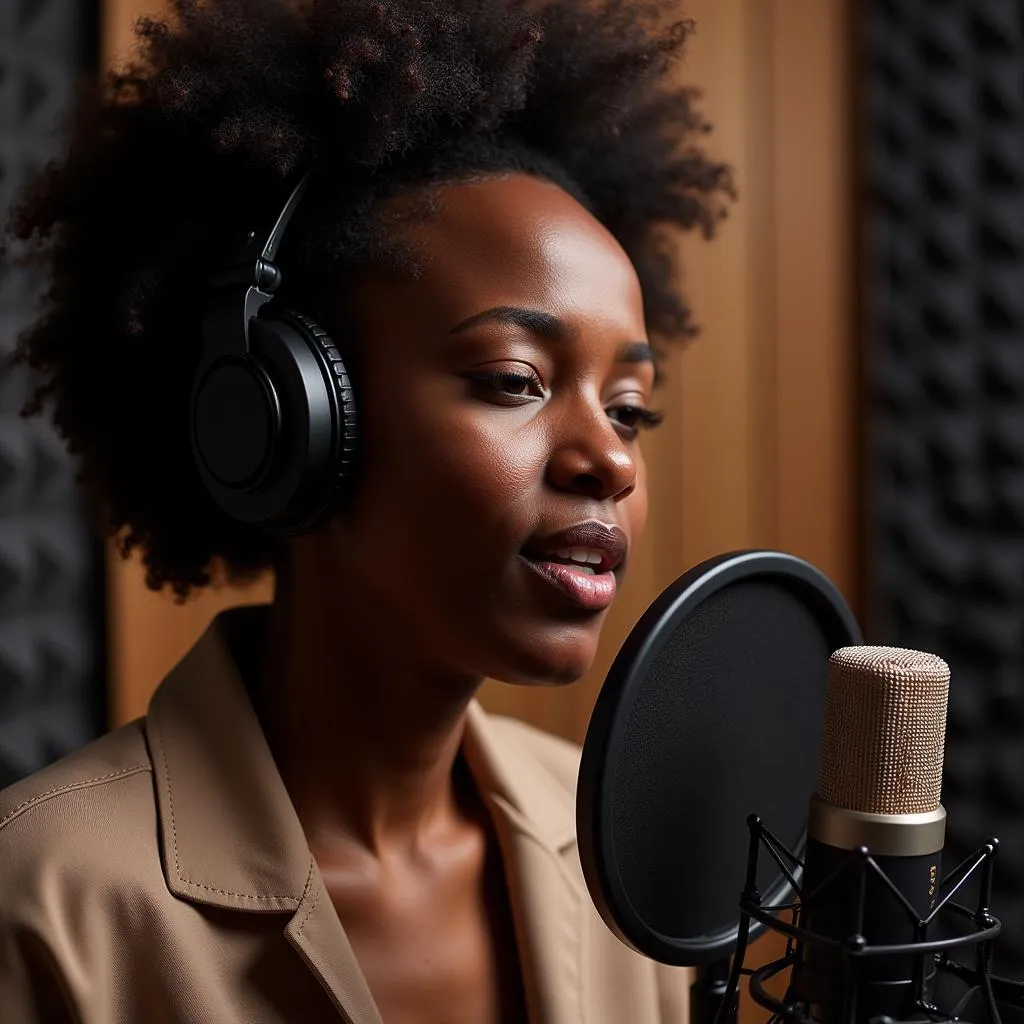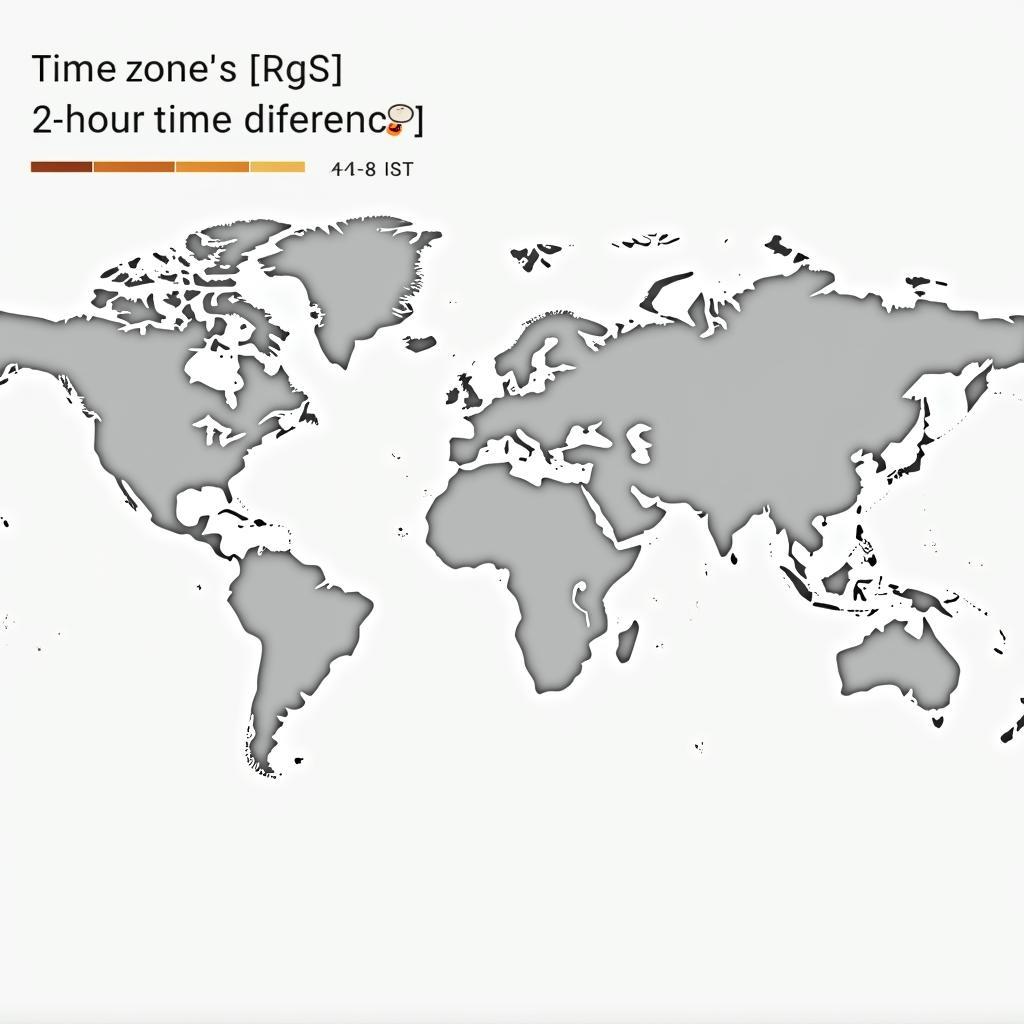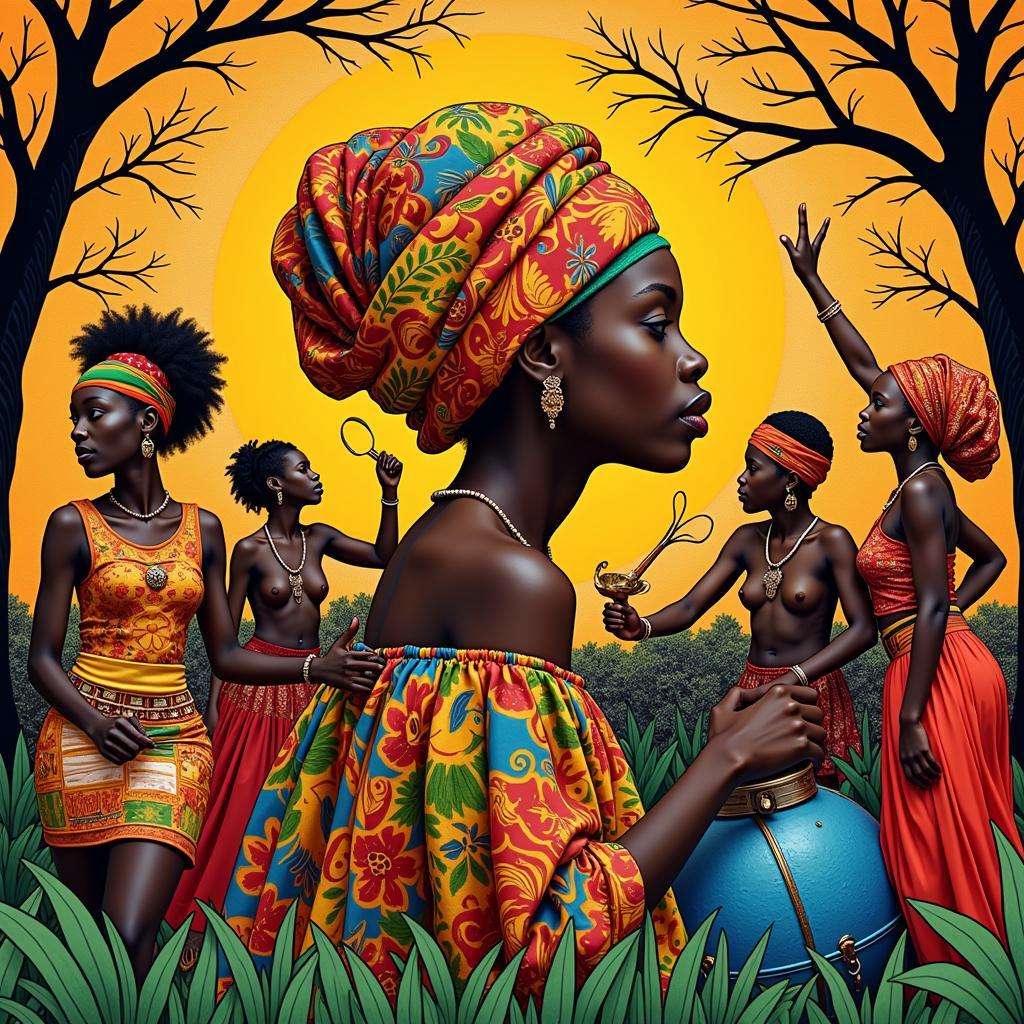African American Education in the 1920s: A Decade of Progress and Struggle
The 1920s witnessed significant shifts in African American education, marking a period of both advancement and persistent challenges. While the decade saw increased access to education and the rise of important institutions, African Americans continued to face deeply ingrained racism and inequality in their pursuit of quality education.
The Fight for Equal Access: A Legacy of Segregation
Despite the progressive ideals sweeping through the “Roaring Twenties,” African American education remained largely segregated and underfunded. The “separate but equal” doctrine established by the Plessy v. Ferguson Supreme Court decision of 1896 cast a long shadow over the educational landscape. This meant that Black schools, often located in impoverished areas, received significantly less funding and resources compared to their white counterparts.
The disparity in resources was stark. Black schools often grappled with overcrowded classrooms, inadequate teaching materials, and a shortage of qualified teachers. This systemic disadvantage had a direct impact on the quality of education accessible to African American children.
The Rise of Black Institutions: Cultivating Excellence
Amidst these challenges, the 1920s saw a surge in the establishment and growth of historically Black colleges and universities (HBCUs). Institutions like Howard University, Fisk University, and Spelman College played a crucial role in providing quality education to Black students who were often denied access to white institutions. These HBCUs became centers of Black intellectual thought, cultural expression, and social activism, fostering a generation of leaders who would shape the future of the Civil Rights Movement.
Beyond higher education, Black communities came together to establish independent schools and educational programs. These community-driven initiatives aimed to supplement the inadequate provisions of segregated public schools, providing Black children with a more holistic education that nurtured their cultural identity and instilled a sense of pride.
Key Figures and Movements: Shaping the Educational Landscape
The struggle for African American educational equality in the 1920s was significantly shaped by influential figures and organizations.
- Booker T. Washington, although passing away in 1915, his emphasis on vocational training and self-sufficiency continued to influence educational approaches within Black communities.
- W.E.B. Du Bois, a staunch advocate for full civil rights and a critic of Washington’s approach, advocated for a liberal arts education for African Americans, emphasizing the importance of cultivating a “talented tenth” to lead the fight for equality.
- The National Association for the Advancement of Colored People (NAACP) emerged as a powerful force in challenging segregation in education. The organization filed numerous lawsuits against discriminatory practices, laying the groundwork for future legal victories in the fight for educational justice.
The Legacy of the 1920s: A Foundation for Future Progress
The 1920s stands as a pivotal era in the history of African American education. While marked by ongoing struggles against segregation and inequality, the decade also witnessed a remarkable spirit of resilience, community mobilization, and the rise of influential institutions and figures. The progress made and the challenges confronted during this era laid the groundwork for the Civil Rights Movement’s fight for educational equality in the decades to come. The legacy of the 1920s serves as a reminder of the enduring power of education as a tool for social change and the ongoing pursuit of educational justice for all.
FAQ
1. What was the impact of the “separate but equal” doctrine on African American Education In The 1920s?
The “separate but equal” doctrine resulted in significant disparities in funding and resources between white and Black schools, severely disadvantaging African American students.
2. What role did HBCUs play in the 1920s?
HBCUs provided crucial educational opportunities for Black students who faced exclusion from white institutions, fostering a new generation of leaders and intellectuals.
3. How did the NAACP contribute to the fight for educational equality?
The NAACP challenged segregation in education through legal action and advocacy, paving the way for future advancements in educational justice.
You can learn more about influential African American figures and movements on our African American history timeline and discover more about the evolution of Black literature and thought through our resources on African American literature schools and movements.


